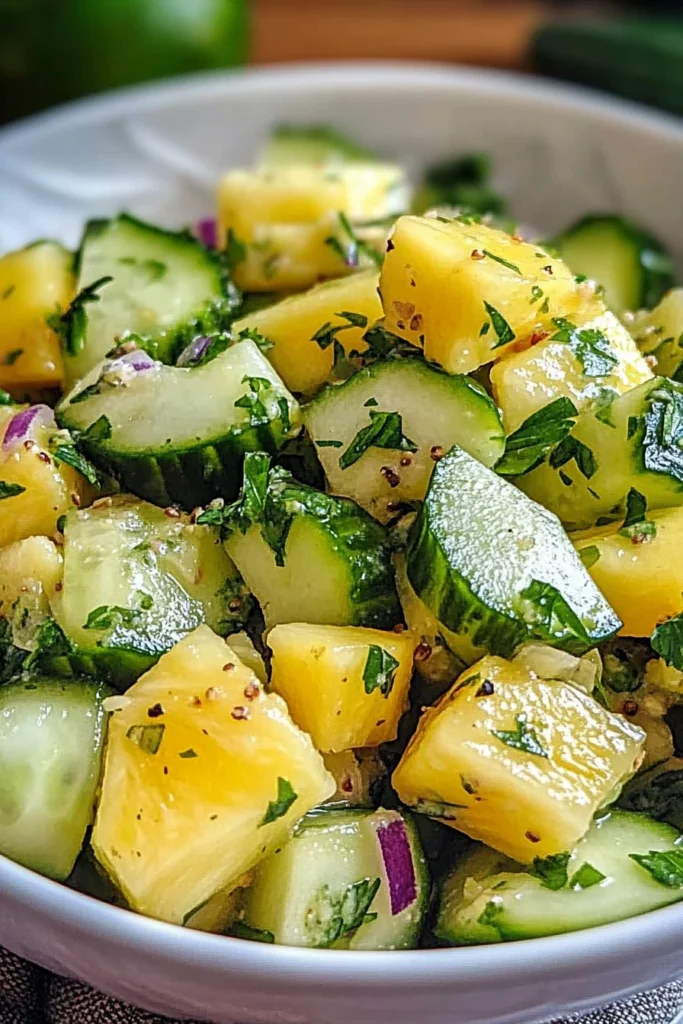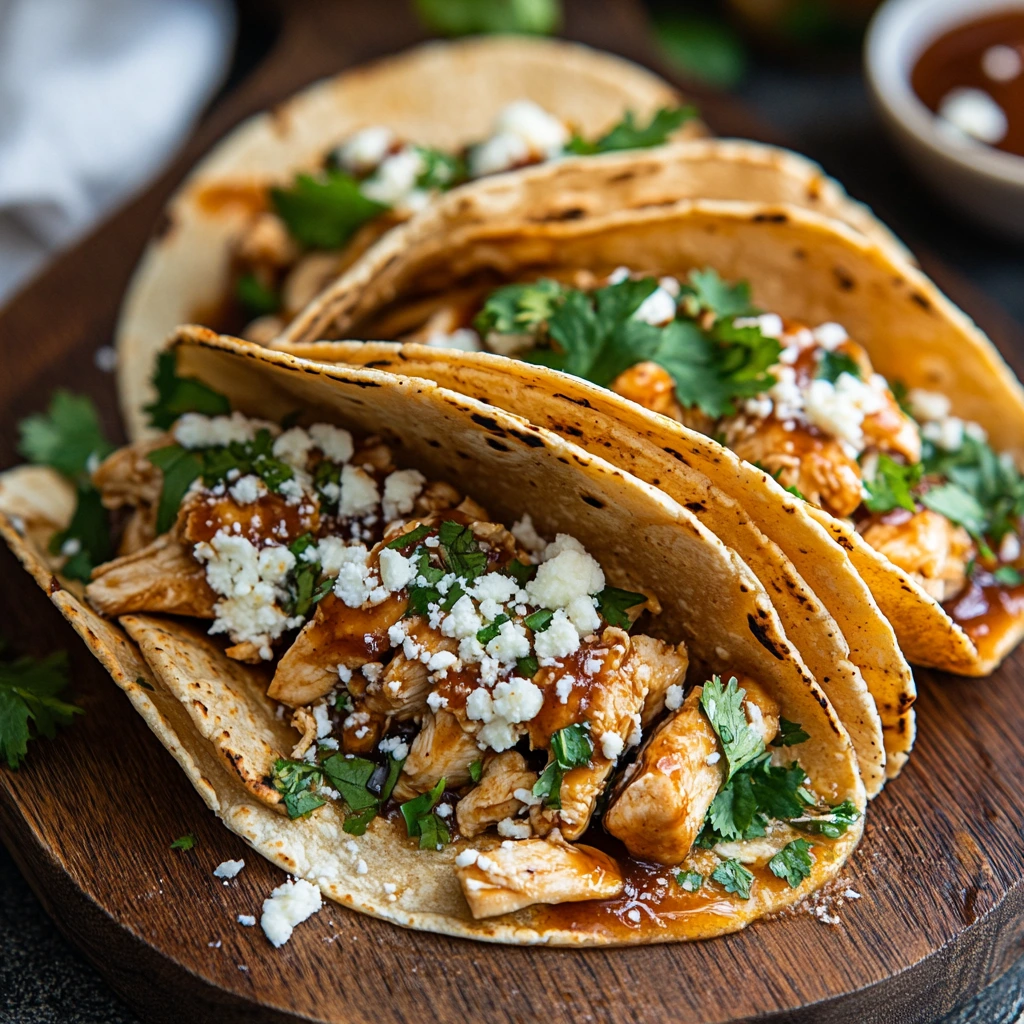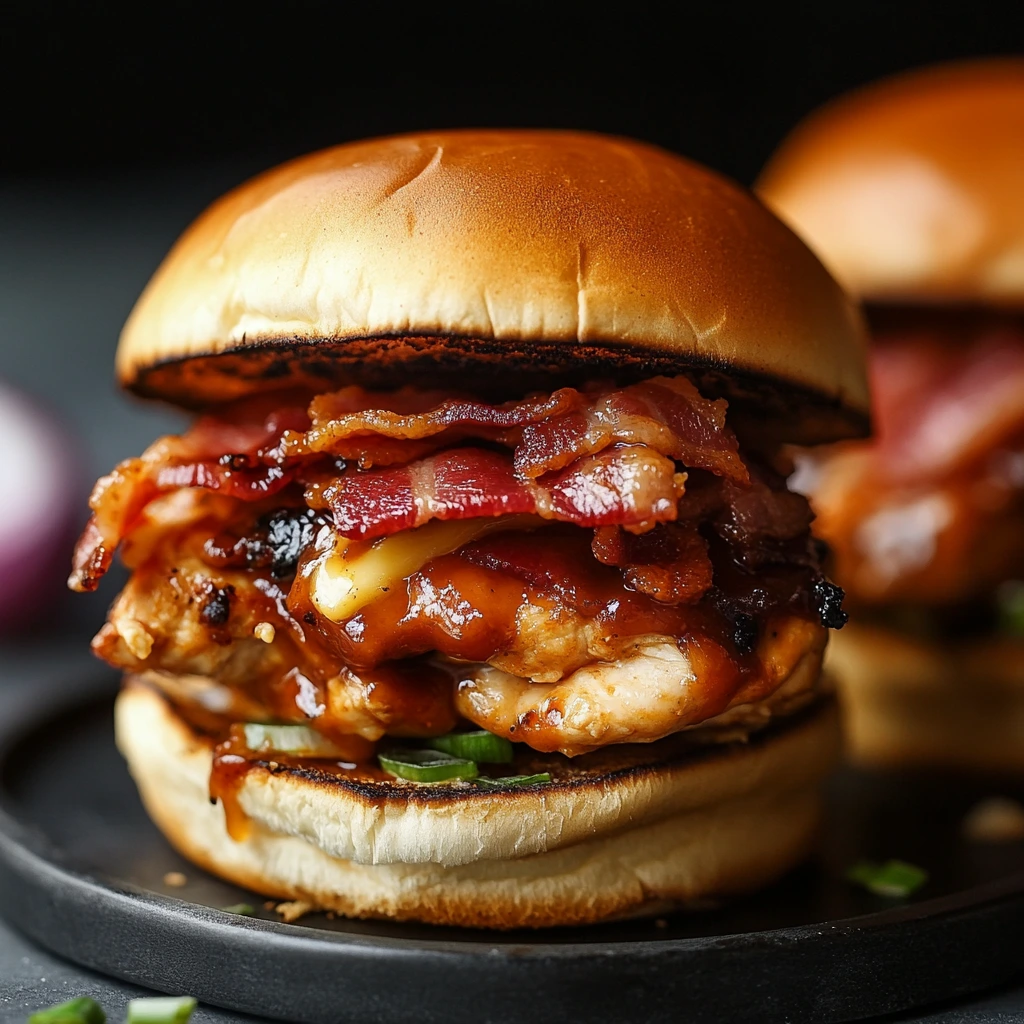Prime Rib Roast is the ultimate show-stopping centerpiece for any special occasion. With its rich marbling, tender texture, and deep beefy flavor, this cut of meat delivers a luxurious dining experience that’s surprisingly simple to prepare. When roasted to perfection, the exterior develops a golden, flavorful crust while the inside remains juicy and tender. Whether served for Christmas, New Year’s, or a celebratory dinner, a perfectly cooked prime rib roast never fails to impress.
This recipe celebrates the beauty of high-quality beef and the art of slow roasting. The key lies in seasoning generously, roasting at the right temperature, and allowing the meat to rest before carving. The result is a roast that’s flavorful, tender, and cooked evenly from edge to center.
The Essence of Prime Rib Roast
The essence of a prime rib roast lies in its balance of texture and flavor. The marbling of fat throughout the meat ensures juiciness, while the bone adds depth and richness. When roasted slowly, the fat renders and bastes the meat, creating a tender, melt-in-your-mouth texture. The outer crust, seasoned with herbs, garlic, and salt, provides a savory contrast to the succulent interior.
It’s a dish that embodies indulgence and tradition — a centerpiece that turns any meal into a celebration.
Why This Recipe Works
This recipe works because it focuses on simplicity and technique. Prime rib is a premium cut that doesn’t need complicated preparation. The combination of salt, pepper, garlic, and herbs enhances the natural flavor of the beef without overpowering it. Slow roasting at a low temperature ensures even cooking, while a final high-heat sear creates a crisp, flavorful crust.
The result is a roast that’s perfectly cooked from edge to center, juicy, and full of flavor.
Ingredients and Their Roles
Prime rib roast: The star of the dish, known for its tenderness and marbling.
Kosher salt: Draws out moisture and enhances flavor.
Black pepper: Adds a subtle heat and complements the beef.
Garlic: Infuses the roast with aromatic depth.
Fresh herbs (rosemary, thyme): Add fragrance and earthy flavor.
Olive oil or butter: Helps the seasoning adhere and promotes browning.
Step-by-Step Recipe
Ingredients
- 1 prime rib roast (6–8 lbs), bone-in or boneless
- 2 tablespoons kosher salt
- 1 tablespoon freshly ground black pepper
- 4 garlic cloves, minced
- 2 tablespoons fresh rosemary, chopped
- 2 tablespoons fresh thyme, chopped
- 3 tablespoons olive oil or softened butter
Preparation
- Prepare the roast. Remove the prime rib from the refrigerator at least 2 hours before cooking to bring it to room temperature. Pat dry with paper towels.
- Season generously. In a small bowl, mix salt, pepper, garlic, herbs, and olive oil or butter. Rub the mixture all over the roast, ensuring even coverage.
- Preheat the oven. Set the oven to 450°F (230°C). Place the roast fat-side up on a rack in a roasting pan.
- Sear the roast. Roast at 450°F for 20 minutes to develop a golden crust.
- Lower the temperature. Reduce the oven to 325°F (165°C) and continue roasting until the internal temperature reaches 120°F (49°C) for rare, 130°F (54°C) for medium-rare, or 140°F (60°C) for medium. This typically takes 15–20 minutes per pound.
- Rest the roast. Remove from the oven, tent loosely with foil, and let rest for 20–30 minutes. The internal temperature will rise by about 5°F as it rests.
- Carve and serve. Slice against the grain and serve with au jus or horseradish sauce.
Tips for Perfect Prime Rib Roast
- Always bring the roast to room temperature before cooking for even results.
- Use a meat thermometer to ensure perfect doneness.
- Let the roast rest before carving to retain juices.
- Don’t over-season — the beef’s natural flavor should shine.
- Save the drippings for a rich, flavorful au jus.
Variations and Flavor Combinations
1. Classic Herb-Crusted Prime Rib
Traditional version with garlic, rosemary, and thyme.
2. Garlic Butter Prime Rib
Add extra butter and roasted garlic for a rich, savory flavor.
3. Mustard-Crusted Prime Rib
Rub with Dijon mustard and herbs for a tangy twist.
4. Coffee-Rubbed Prime Rib
Add ground coffee to the seasoning for a deep, smoky flavor.
5. Spicy Prime Rib
Add cayenne or chili flakes for a hint of heat.
6. Truffle Prime Rib
Finish with truffle butter for a luxurious touch.
Serving Suggestions
Prime Rib Roast pairs beautifully with:
- Creamy mashed potatoes or roasted garlic potatoes.
- Yorkshire pudding or dinner rolls.
- Roasted vegetables or green beans.
- Horseradish cream or red wine jus.
- A glass of Cabernet Sauvignon or Merlot.
It’s perfect for:
- Christmas or New Year’s dinners.
- Family celebrations.
- Elegant dinner parties.
- Sunday roasts.
Make-Ahead and Storage
Make-ahead: Season the roast up to 24 hours in advance and refrigerate uncovered to dry the surface for better browning.
Storage: Store leftovers in an airtight container in the refrigerator for up to 4 days.
Freezing: Freeze sliced roast for up to 2 months. Thaw overnight in the refrigerator before reheating.
Reheating: Reheat gently in the oven at 300°F (150°C) with a splash of broth to keep it moist.
Nutritional Information (per serving)**
- Calories: 480 kcal
- Protein: 42 g
- Fat: 34 g
- Carbohydrates: 1 g
- Fiber: 0 g
The History of Prime Rib
Prime rib, also known as standing rib roast, has long been a symbol of luxury and celebration. Originating from the best part of the rib section of beef, it was traditionally served at grand feasts and special occasions. In the 19th century, it became a staple of fine dining in both Europe and America, prized for its tenderness and flavor.
Today, prime rib remains a centerpiece of holiday meals and festive gatherings, representing both tradition and indulgence.
Texture and Flavor Profile
The perfect prime rib roast is tender, juicy, and full of flavor. The marbling of fat throughout the meat ensures richness, while the outer crust provides a savory contrast. The herbs and garlic add aromatic depth, and the slow roasting process enhances the beef’s natural sweetness.
Each bite delivers a balance of buttery tenderness and robust flavor — a true celebration of premium beef.
Common Mistakes and How to Avoid Them
Overcooking: Leads to dry meat. Use a thermometer to monitor temperature.
Skipping the rest period: Causes juices to escape when slicing. Always rest before carving.
Not drying the roast: A dry surface ensures a crisp crust.
Using cold meat: Results in uneven cooking. Bring to room temperature first.
Carving too thin: Slice thick for maximum juiciness.
Chef’s Tips
- Roast on a rack to allow air circulation and even cooking.
- Add a cup of beef broth or wine to the pan for flavorful drippings.
- For extra flavor, rub the roast with butter halfway through cooking.
- Use coarse salt for a better crust.
- Serve with a side of creamy horseradish sauce for contrast.
Pairing Ideas
With Drinks:
- Cabernet Sauvignon or Syrah for a bold pairing.
- Pinot Noir for a lighter option.
- Sparkling water with lemon for a refreshing non-alcoholic choice.
With Other Dishes:
- Pair with roasted root vegetables or Brussels sprouts.
- Serve alongside creamy gratin or risotto.
- Add to a buffet with salads and bread.
The Joy of Holiday Cooking
Prime Rib Roast embodies the joy of holiday cooking — the aroma of roasting beef filling the kitchen, the golden crust forming in the oven, and the anticipation of carving into a perfectly cooked roast. It’s a dish that brings people together, symbolizing warmth, celebration, and indulgence.
It’s proof that with quality ingredients and simple techniques, anyone can create a restaurant-worthy meal at home.
The Science of Perfect Roasting
The secret to a perfect prime rib lies in temperature control. Starting at high heat creates a flavorful crust through the Maillard reaction, while lowering the temperature ensures even cooking. The fat renders slowly, basting the meat from within, and resting allows the juices to redistribute.
The result is a roast that’s evenly cooked, tender, and full of flavor.
Presentation and Finishing Touches
For an elegant presentation, place the carved slices on a platter and drizzle with pan juices or au jus. Garnish with fresh herbs like rosemary and thyme for color. For a rustic look, serve the whole roast on a wooden board for carving at the table.
For a festive touch, add roasted garlic bulbs or sprigs of herbs around the platter.
Modern Variations
- Keto Version: Naturally keto-friendly and low in carbs.
- Gluten-Free Version: Naturally gluten-free.
- Dairy-Free Version: Use olive oil instead of butter.
- Low-Sodium Version: Reduce added salt and use unsalted butter.
- Gourmet Version: Add truffle butter or herb-infused oil before serving.
The Perfect Centerpiece
Prime Rib Roast is the perfect centerpiece for any celebration. It’s impressive yet approachable, flavorful yet simple. Its golden crust and tender interior make it a highlight of any holiday table, ensuring it’s remembered long after the meal is over.
The Cultural Influence of Prime Rib
Prime rib has become a symbol of fine dining and celebration across cultures. In the United States, it’s a holiday staple, while in the United Kingdom, it’s a Sunday roast tradition. Its enduring popularity lies in its simplicity — premium beef, seasoned well, and roasted to perfection.
The Role of Herbs and Garlic
Herbs and garlic elevate the natural flavor of the beef, adding aroma and depth. Rosemary and thyme bring earthiness, while garlic adds savory richness. Combined with butter or olive oil, they create a fragrant crust that enhances every bite.
The Perfect Bite
The perfect bite of prime rib roast combines a crisp, flavorful crust with tender, juicy meat. The herbs and garlic add complexity, while the natural marbling ensures richness. It’s a bite that captures the essence of indulgence and celebration.
Conclusion
Prime Rib Roast is a celebration of flavor, tradition, and craftsmanship. With its tender meat, golden crust, and aromatic herbs, it’s a dish that feels both comforting and luxurious.
Easy to prepare yet impressive to serve, it’s perfect for any festive occasion. This recipe proves that with a few simple ingredients and a touch of care, you can create a centerpiece that’s both beautiful and unforgettable — a timeless classic of holiday cooking.







